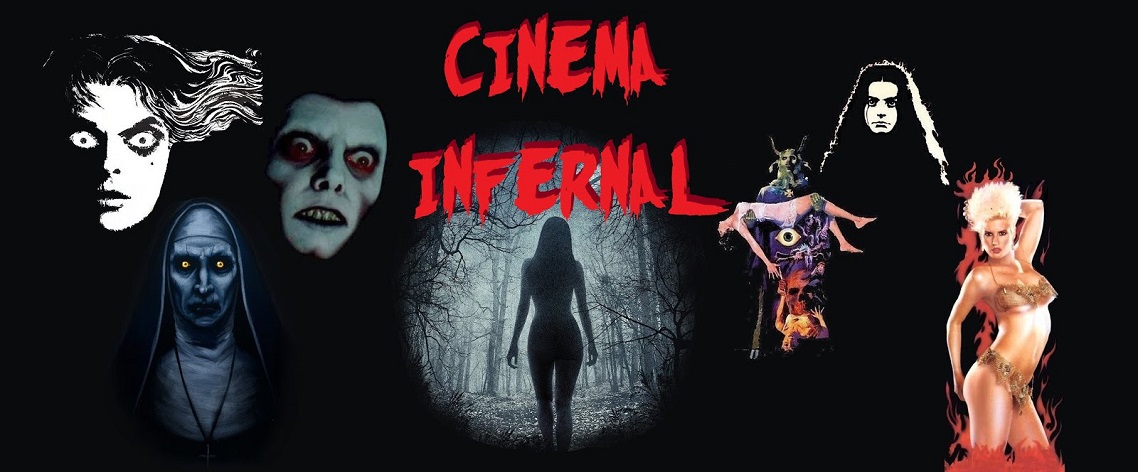We
Summon the Darkness
2019
Director- Marc Meyers
Cast- Alexandra Daddario, Keean Johnson, Maddie Hasson, Amy
Forsyth, Logan Miller, Austin Swift, Allison McAtee, Johnny Knoxville
This
slasher is set against the back drop of the satanic panic of the 1980s. A
satanic cult has been killing people in ritualistic massacres leading to the
expected sensationalist reporting. Meanwhile, Pastor John Henry Butler (Johnny
Knoxville) is leading a televangelist crusade against the forces of evil.
In the
midst of this, three girls go to a heavy metal concert. Alexis (Daddario) is
the leader of the group. Valerie (Hasson) is the slightly flakey and
adventurous type. Beverly (Forsyth) is the quiet newcomer to the group. At the
concert they meet a trio of guys making a farewell trip for their bud Mark (Keean
Johnson who you may recognize from Battle Angel Alita) before he moves out to
LA in search of fortune and glory.
The
girls invite the guys to a party at Alexis’ giant house since her parents are
away for the weekend. As it turns out the girls aren’t in any danger of being
killed by a cult, because they are members of it. They drug the three guys and
prepare them for a sacrifice. Don’t worry, that’s not a spoiler. You figure
this out pretty early in the film. The boys break free and barricade themselves
and that’s when the real drama of the movie begins.
All
three of the female leads turn in good performances and I liked the flipping of
the traditional slasher theme by having the ladies being the bloodthirsty
killers instead of the hapless victims. The story moves along at a good pace
and though not a horror-comedy, it has enough humor to show that it’s not
taking itself too seriously. I really only had one problem with the film; it
wasn’t very 80s.
The film
makes a point to let you know that it’s taking place in the 80s. There is even
a discussion about Metallica bassist Jason Newstead replacing the dearly departed
Cliff Burton. The discussion even
mentions that the first album with Newstead (which would make that Garage Days
Re-Revisited) was dropping in a month which means that the movie takes place in
1987. But beyond that super specific Metallica reference, I don’t know that
there is anything else in the film that would have clued you in to the fact
that it takes place in the 80s. The costumes are the sort of generic outfits
you could see at any hard rock concert 40 years ago or today. The girl’s hair
dos are certainly not big enough for the 80s.And other than a prominently
featured Heaven Is a Place on Earth by Belinda Carlisle, there is no 80s music!
A movie set against the heavy metal scene of the 80s and they couldn’t get one
Judas Priest song? No Iron Maiden? Surely if ever a movie warranted Mötley Crüe’s
Shout at the Devil it’s this one. I mean, I didn’t expect them to shoot the
movie on VHS, but I think the makers missed a real chance to give us some
homage/ nostalgia. But se la vie my friend.
The
movie definitely leaves the door open for a sequel and I’d watch it just to see
what happens with the surviving characters, but if there is a next time, maybe
a little more work on making the film feel more retro.








































